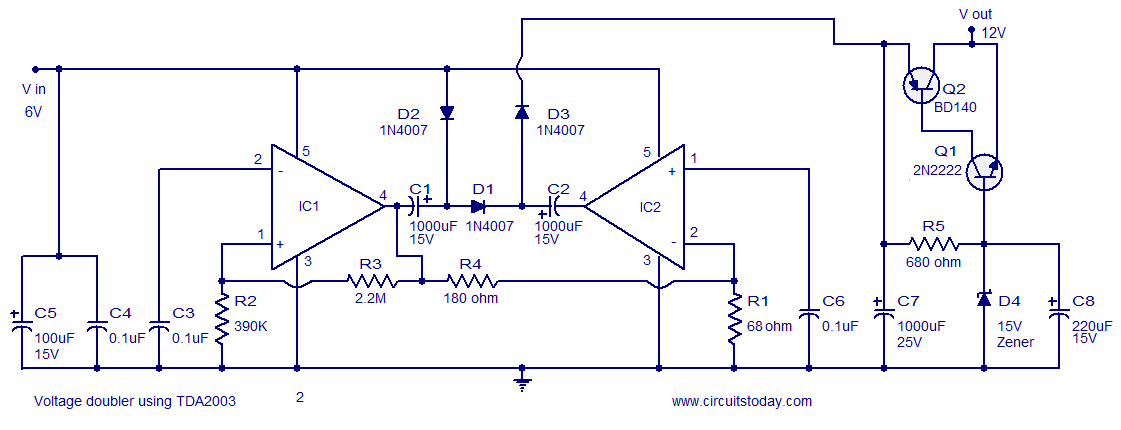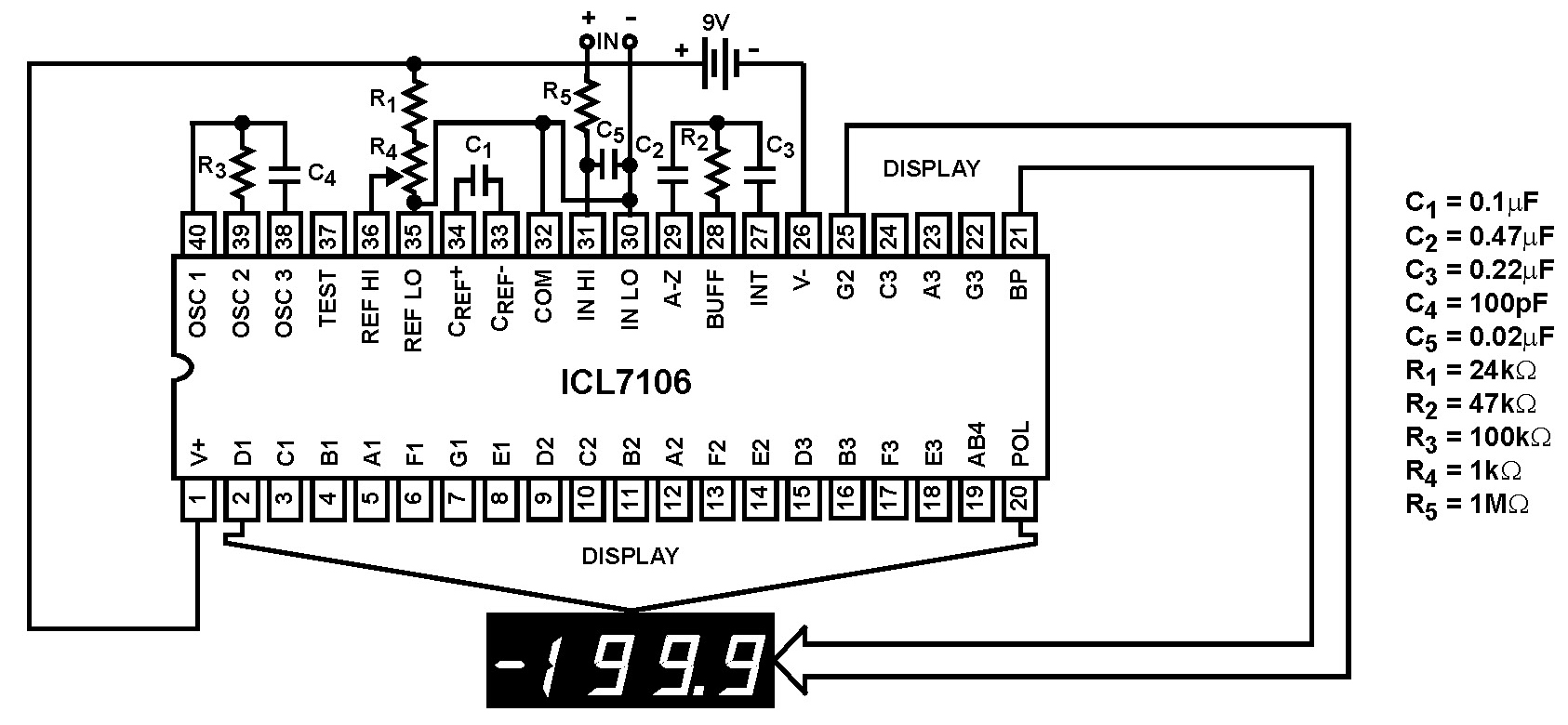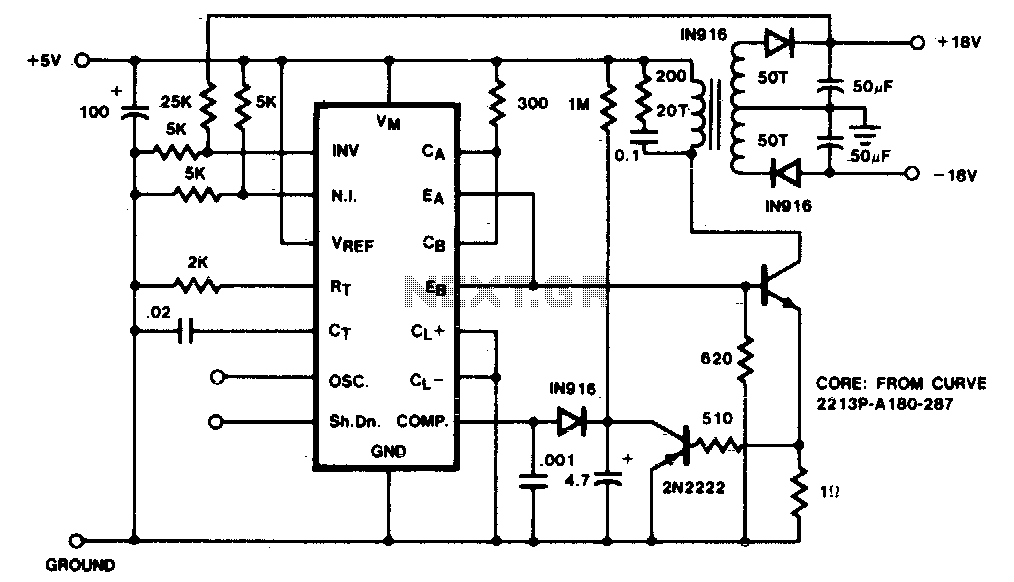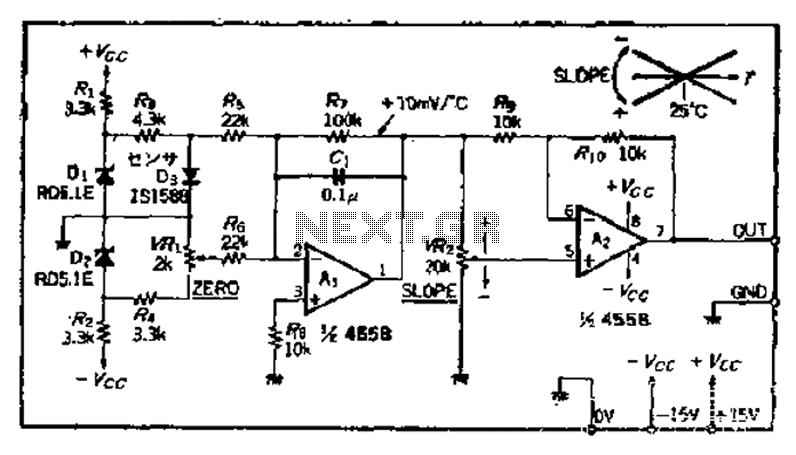
Voltage Converter 6 to 12 Volts -Using TDA 2003

A reliable voltage converter circuit that operates between 6 to 12 volts, utilizing the audio amplifier IC TDA 2003. This voltage doubler circuit can be assembled on a Vero board.
The voltage converter circuit designed with the TDA 2003 audio amplifier IC is an effective solution for applications requiring a stable voltage output in the range of 6 to 12 volts. The TDA 2003, primarily used for audio amplification, can also function as a voltage doubler due to its internal architecture that allows for efficient voltage conversion.
The circuit typically consists of the TDA 2003 IC, passive components such as resistors, capacitors, and inductors, and is assembled on a Vero board for ease of prototyping and testing. The configuration enables the circuit to double the input voltage, making it suitable for powering devices that require higher voltage levels from a lower voltage source.
In this design, the input voltage is applied to the circuit, where the TDA 2003 amplifies the signal. The output stage of the IC is configured to produce a higher voltage, which is then filtered and regulated by additional components to ensure a stable output. Capacitors are used to smooth the output voltage, while diodes may be included to prevent backflow and protect the circuit.
The Vero board layout allows for flexible component placement and modifications, which is advantageous for experimentation and optimization. Proper attention must be given to the placement of components and the routing of connections to minimize noise and ensure efficient operation.
This voltage converter circuit is ideal for various applications, including powering low-voltage devices, battery chargers, and other electronic projects that require a reliable and adjustable voltage supply. The simplicity of the design and the availability of the TDA 2003 IC make this circuit an accessible option for both hobbyists and professionals in the electronics field.A reliable 6 to 12 volts Voltage converter circuit and diagram using audio amplifier IC TDA 2003. This Voltage doubler circuit can be assembled on a Vero board.. 🔗 External reference
The voltage converter circuit designed with the TDA 2003 audio amplifier IC is an effective solution for applications requiring a stable voltage output in the range of 6 to 12 volts. The TDA 2003, primarily used for audio amplification, can also function as a voltage doubler due to its internal architecture that allows for efficient voltage conversion.
The circuit typically consists of the TDA 2003 IC, passive components such as resistors, capacitors, and inductors, and is assembled on a Vero board for ease of prototyping and testing. The configuration enables the circuit to double the input voltage, making it suitable for powering devices that require higher voltage levels from a lower voltage source.
In this design, the input voltage is applied to the circuit, where the TDA 2003 amplifies the signal. The output stage of the IC is configured to produce a higher voltage, which is then filtered and regulated by additional components to ensure a stable output. Capacitors are used to smooth the output voltage, while diodes may be included to prevent backflow and protect the circuit.
The Vero board layout allows for flexible component placement and modifications, which is advantageous for experimentation and optimization. Proper attention must be given to the placement of components and the routing of connections to minimize noise and ensure efficient operation.
This voltage converter circuit is ideal for various applications, including powering low-voltage devices, battery chargers, and other electronic projects that require a reliable and adjustable voltage supply. The simplicity of the design and the availability of the TDA 2003 IC make this circuit an accessible option for both hobbyists and professionals in the electronics field.A reliable 6 to 12 volts Voltage converter circuit and diagram using audio amplifier IC TDA 2003. This Voltage doubler circuit can be assembled on a Vero board.. 🔗 External reference





